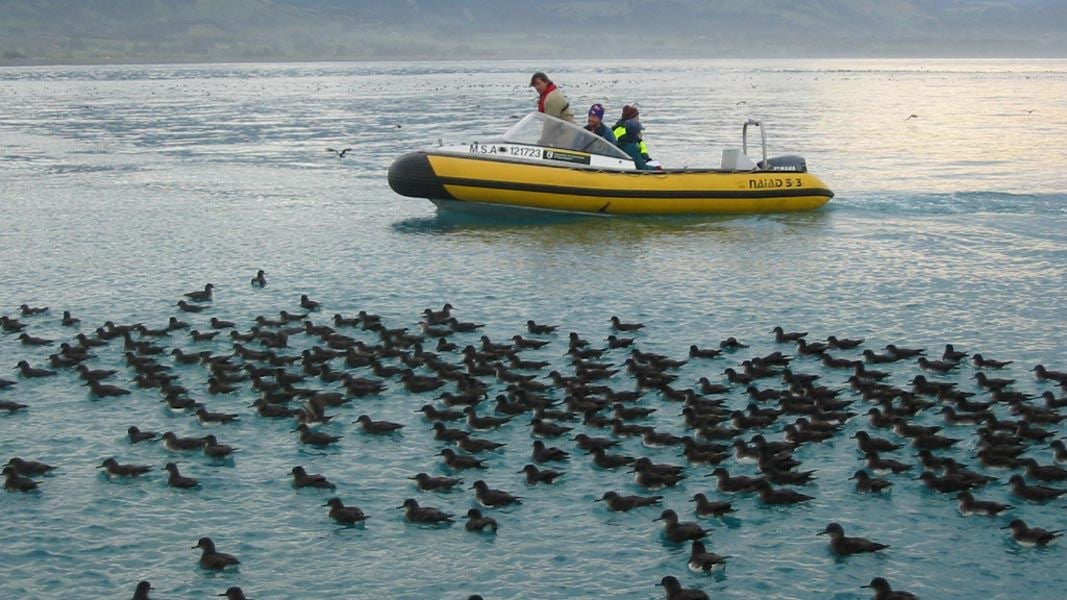
Located in the Marlborough region
Introduction
The reserve sits near the township of Kaikoura, at the point where the undersea Kaikoura canyon approaches close to the land. Visiting the reserve is an unparalleled opportunity to see whales, dolphins, seals and seabirds, and often in large numbers.The marine reserve was established in 2014 as a part of the Kaikoura marine management act. Its 10,395 hectares protects the Kaikoura Canyon.